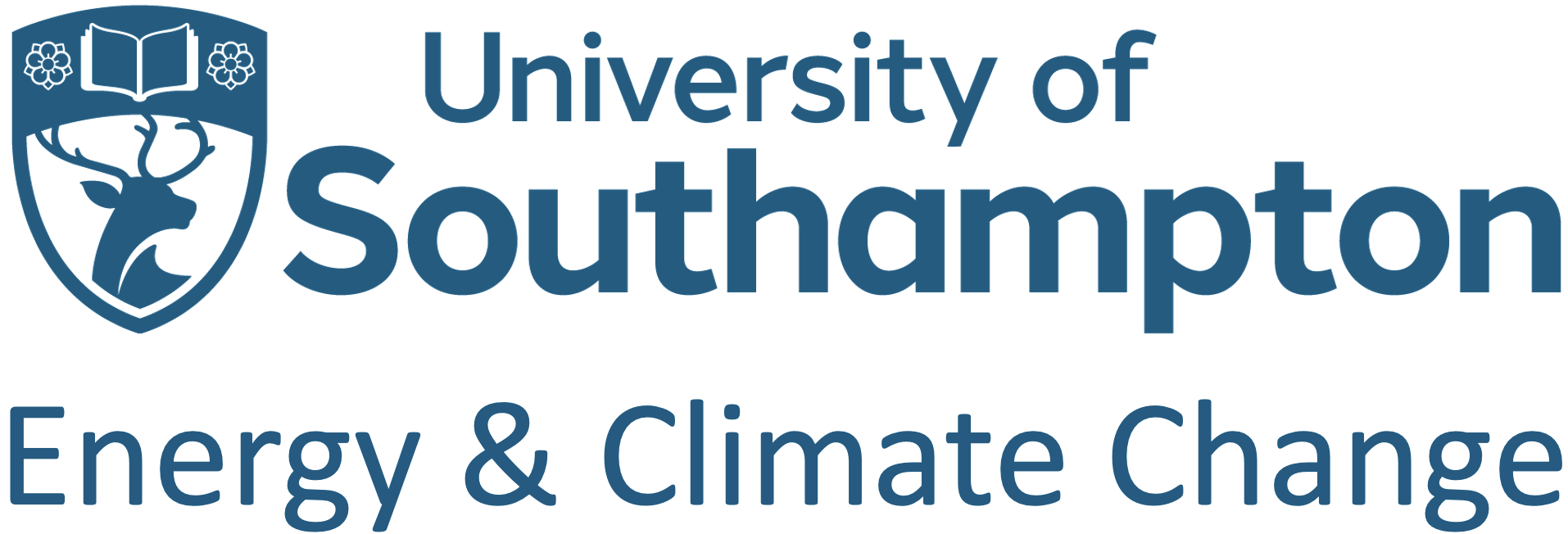From the 1st to the 3rd of September 2008 the Sustainable Energy Research Group represented the University of Southampton at the annual Copenmind exhibition in Copenhagen. The exhibition’s main theme was ‘Cleantech’ which has strong links to the group’s work. The exhibition stand was designed and built by members of the group. Exhibits included one of the group’s tidal stream turbines, a photovoltaic rooftile and a light directing Holographic Optical Element (HOE). Dr Luke Myers, Dr Patrick James and Mark Jentsch were in charge of the stand and discussed the University’s sustainable energy work with representatives from industry and international research institutions. Several contacts were established during this event.
Furthermore, Mark Jentsch and Patrick James were invited to present their work on Holographic Optical Elements at one of the exhibition’s conference sessions
Abstract for the presented research work:
Holographic Optical Elements for Daylighting in Buildings
Holographic Optical Elements (HOEs) for building applications are light guiding elements consisting of a holographic film laminated between two sheets of glass. HOEs are technically based on the same principles as standard holograms. However, rather than reproducing an image, incident light is diffracted in a regular pattern at a preset angle. For this to work the incident light rays need to be parallel, such as provided by direct sunlight. The envisaged primary application of HOEs as a building product is to provide enhanced daylighting by redirecting sunlight onto the ceiling of an internal space. This natural light can help to enhance comfort for users and reduce artificial lighting requirements. This in turn reduces the air-conditioning loads associated with the heat gains that artificial lighting produces. An additional benefit is that HOEs do not block the view to the outside as the film is near to transparent. A test facility for investigating the performance of such elements in a real building environment has been installed in a reading room inside the main library building at the University of Southampton . This test facility which incorporates two HOEs of a standard window glazing size has been monitored from May 2008 onwards. Results of this monitoring which includes luminance imaging of the ceiling as well as illuminance measurements on the working plane are presented. The illuminance measurements show that areas lit with HOE glazing have an increase in the horizontal illuminance on the working plane of up to 20%, 10 m from the window whilst also having a significantly brighter ceiling. However, some issues with glare on the HOE glazing surface were also encountered.
